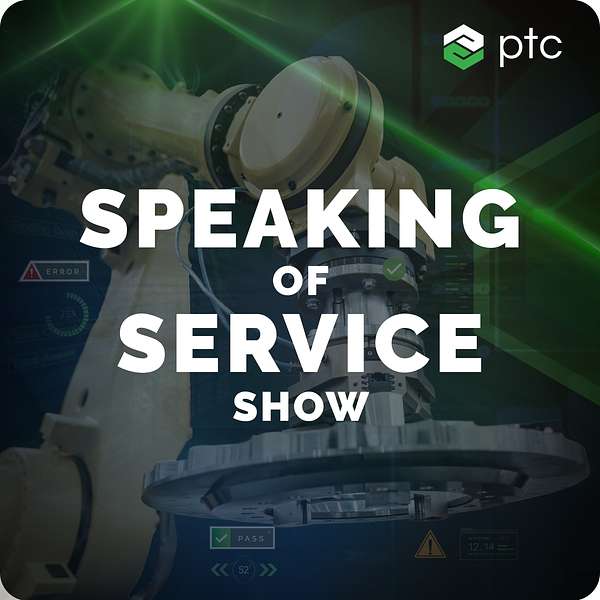
Speaking of Service
Speaking of Service uncovers practical ways to grow service revenue, control costs, and improve customer satisfaction. If you’re looking to innovate, gain a competitive edge, or just learn about the latest service trends, you’ve come to the right place! Also check: www.ptc.com/speakingofservice
Speaking of Service
Karl Storz Connected Medical Devices Software Service: Speed, Cybersecurity, and Compliance
Service Your Products Better with a Connected Strategy
Original equipment manufacturers like Karl Storz are looking to systems that provide their customers with the most current connected medical devices software updates that increase uptime, medical device regulatory compliance, and connected medical devices cybersecurity. But those systems must also provide a fast time to value for the ORs that use them. Listen to how Karl Storz address these points and how they keep equipment safe and current in a constant effort for improving patient and health system outcomes.